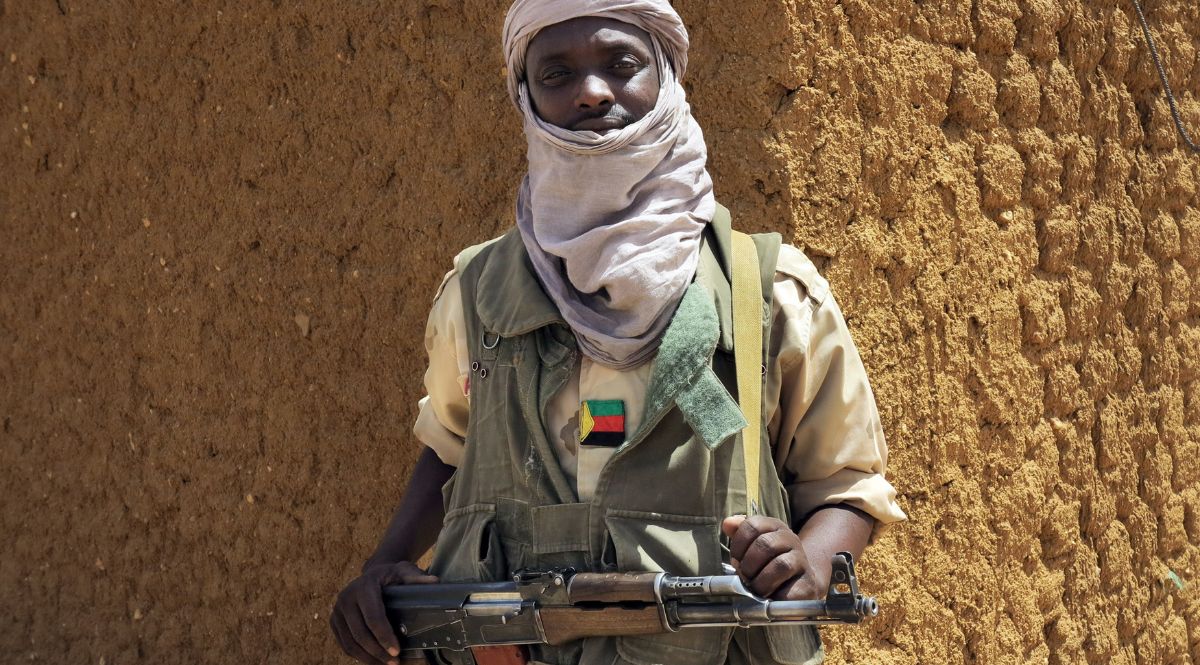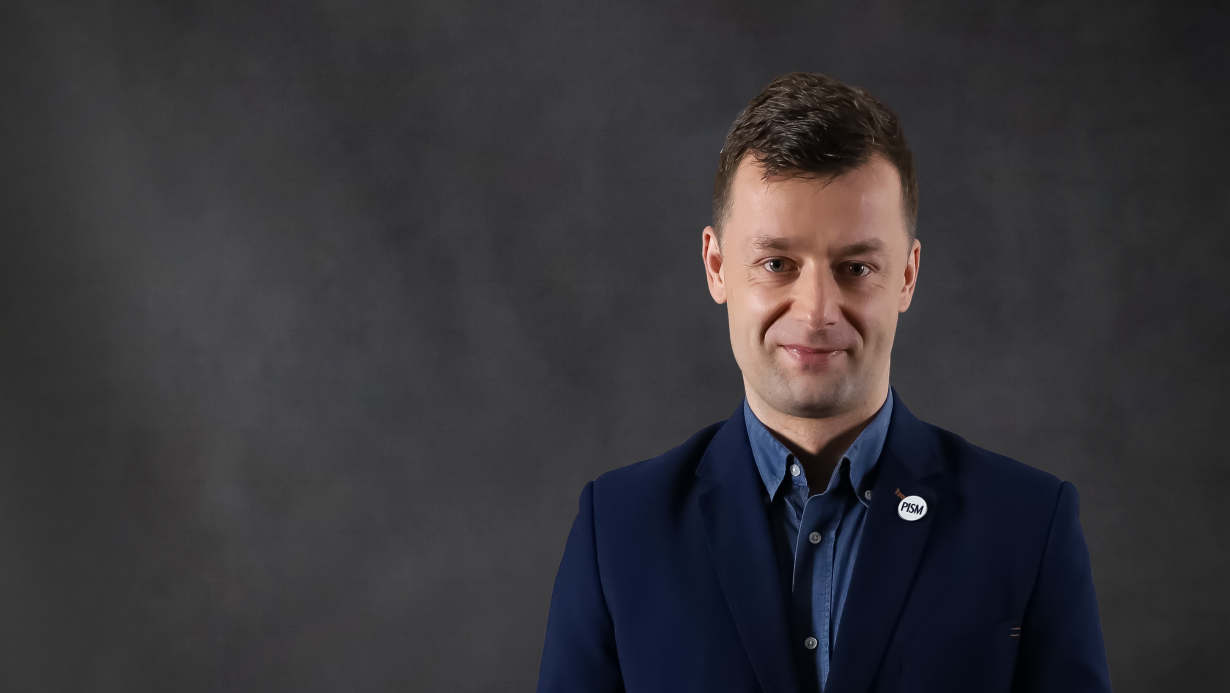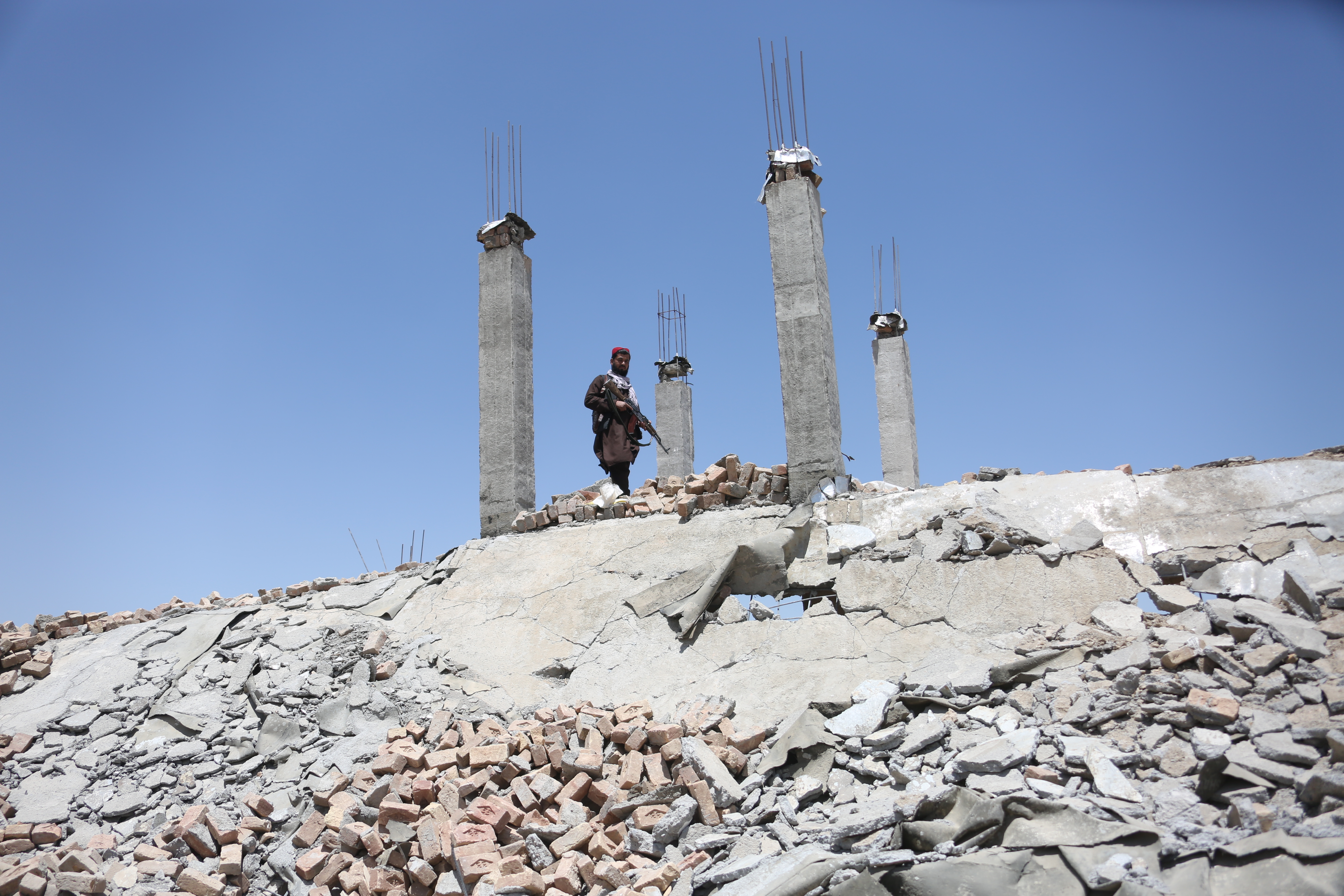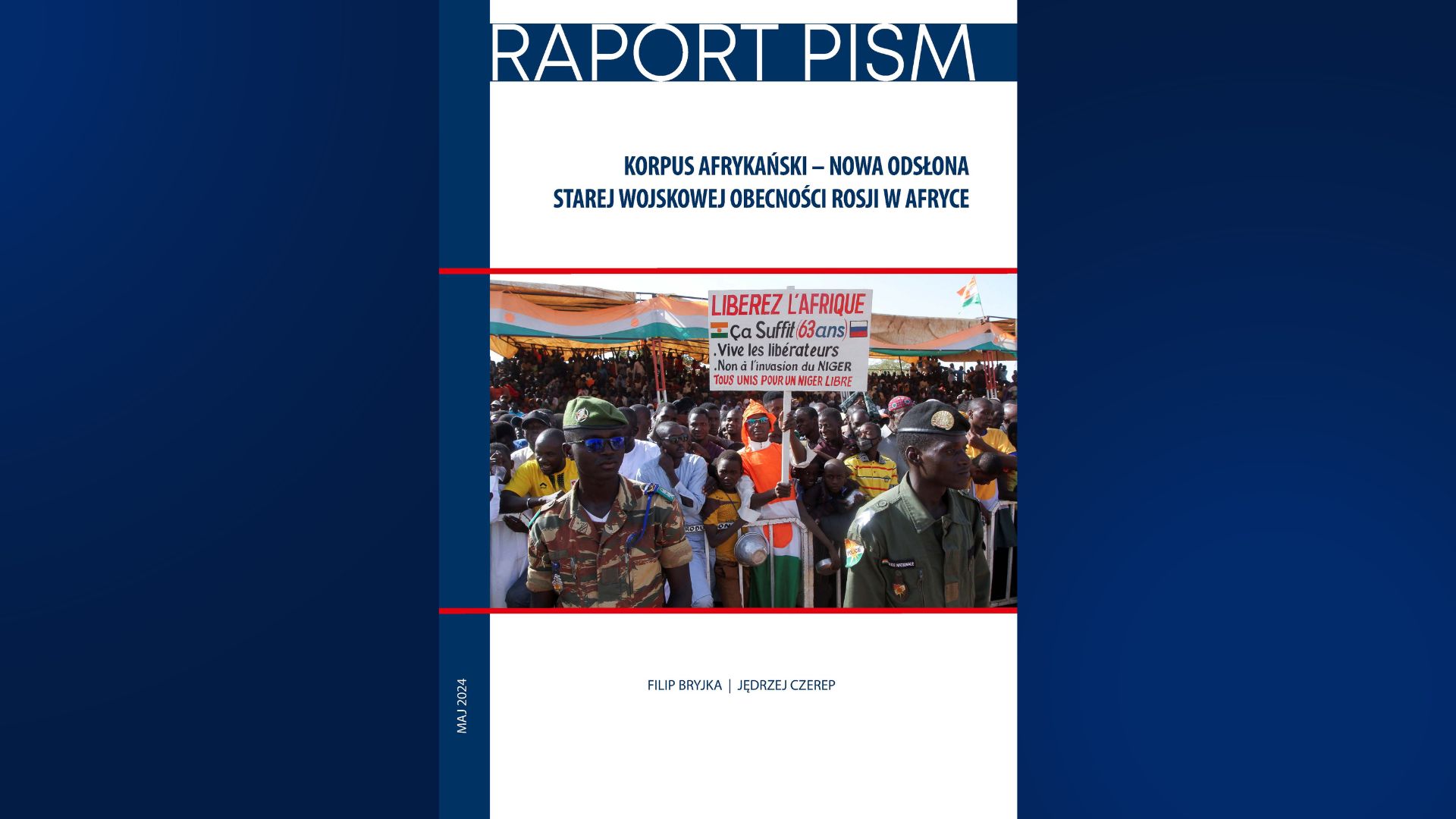Russian Mercenaries Defeated in Northern Mali Battle
On 22-27 July, fierce fighting took place in Tinzaouaten, in northern Mali on the border with Algeria, between Russian mercenaries from the Africa Corps (successor of the Wagner Group) working with the armed forces of Mali (FAMa) and a coalition of Tuareg armed groups (CSP-DPA). During the battle, the rebels managed to ambush the Russian-Malian forces, which suffered significant losses. The defeat undermines Russia’s image as an effective force in Africa.
 Adama Diarra / Reuters / Forum
Adama Diarra / Reuters / Forum
What is the security situation in northern Mali?
Since the beginning of independent Mali, separatist movements have been forming in the northern part of the country, with Tuaregs staging anti-government rebellions to establish their own state, Azawad. Although the Algiers Agreement (2015) guaranteed them autonomy and participation in the Malian administration, its implementation was delayed, especially after the 2020 military coup and then later in the context of the expulsion of French and UN forces from northern Mali. As a result, the conflict flared up again in 2023. The Coalition Strategic Framework for the Defence of the People of Azawad (CSP-DPA) became the main force representing the Tuareg separatists. Northern Mali is at the same time an active area for jihadist groups, both those linked to Al-Qaeda (JNIM) and ISIS (Sahel Province), against which the Malian authorities in 2021 invited the Russian Wagner Group (now called the Africa Corps, AC). Since then, the Malian forces aided by local ethnic militias and AC fighters have used violence against civilians, especially from the Fula ethnic group, collectively accusing them of siding with the jihadists. This was counter-productive because it caused their relatives to turn to the jihadists for protection, who gained new recruits. The opening of the front with separatists from the north caused a similar wave of violence against Tuareg and Arab civilians and antagonised neighbouring Algeria and Mauritania. The Russians were successful in helping Malian forces retake Kidal in November 2023. Kidal was a bastion of separatists, but was vulnerable to enemy attacks in the open. As a result, the Russian embassy in Bamako on 24 July issued a warning to its citizens not to travel to Mali and Niger.
What was the course and outcome of the fighting?
The Tuareg ambush was just one of several skirmishes that took place over the past week in northern Mali. On 22 July, CSP-DPA rebels were driven back by the AC-FAMa forces from the village of In-Afarak, another rebel bastion. Soon, however, under cover of a sandstorm, the Tuaregs regrouped and prepared an ambush, taking advantage of the natural terrain. On 25 July, when the AC-FAMa convoy drove into a ravine with hills and rocks hiding the rebels, the attack began.
During the fighting, the Tuaregs downed an Mi-8 helicopter that had been called in to the combat area as medical support (MEDEVAC). A second helicopter (Mi-24) made an emergency landing shortly after take-off from its base in Kidal. The Tuaregs seized several vehicles (including an MRAP type), weapons and ammunition. Some of the Russian-Malian forces that survived the battle and were retreating fell into a second ambush organised by jihadists from the Al Qaeda-linked JNIM coalition. According to various estimates, 50-80 Russians and about 10 Malian armed forces soldiers were killed in the clashes, and 15 Russians were taken prisoner. Tuareg losses amounted to about 20 rebels. Among the Russians killed was the commander of the 13th Assault Detachment of the Africa Corps, Sergei Shevchenko alias “Prud”, and Nikita Fedyanin, alias “White”, the administrator of one of the most famous Telegram channels associated with the Wagner Group, the “Grey Zone”.
How might losing the battle affect the Russian presence in Mali and the region?
The defeat in northern Mali is the Africa Corps’ biggest defeat in Africa since its withdrawal from Mozambique in 2019. It undermines the image of Russian mercenaries as an effective force fighting rebels and jihadists, which could hinder the appeal of their services to Sahel countries or Somalia, for example. The priority of Russian forces in Mali will be to rebuild their image by conducting effective counter-insurgency operations, which may be accompanied by an increase in brutality against the civilian population. At the same time, the crisis highlights to the Malian authorities (as well as those of Burkina Faso and Niger) the weakness of the strategy of relying on mercenaries and ethnic militias. This may heighten tensions within the armed forces of these countries, where part of the officer corps has supported the juntas and their policies conditionally, depending on their effectiveness on the frontline. In this regard, recent weeks have brought a series of spectacular military defeats, including the killing of more than 100 Burkina Faso soldiers by JNIM terrorists in Mansili in June or the mass escape of jihadist prisoners from a Niger prison in July. These dynamics outweigh the effects of the juntas’ increased cooperation against extremists, for example in the formula of joint cross-border operations.The separatists’ success will also strengthen Mali’s dispute with Algeria, which has favoured autonomy for northern Mali and criticised the Malian junta for renewing the war.
What could be the consequences of the failure for the Russian Africa Corps?
The defeat at Tinzaouaten may lead to tensions between the mercenaries and the Russian Ministry of Defence (MOD). The break-up of the Corps’ 13th Assault Detachment may be used to further organisational changes in the AC, a subordinate structure of the MOD that oversees the activities of Russian semi-private military companies in Africa. Some former WG commanders blame the failure on recent personnel changes made by the MOD. In doing so, they are spreading theories suggesting that the AC unit was deliberately exposed to enemy forces in order to get rid of some personnel who did not want to submit to the AC. This thesis is supposedly supported by the alleged participation in the operation of Anton Yelizarov, alias “Lotos”, who took over as commander of the WG after the deaths of Yevgeny Prigozhin and Dmitry Utkin, alias “Wagner”. Yelizarov opposed the subordination of the WG to the Ministry of Defence and unsuccessfully attempted to consolidate some of the WG mercenaries into Rosgvardia structures until March 2024.
Although operations in Africa remain much safer than being directed to the frontline in Ukraine, which motivated volunteers to enlist in the AC, photos and videos from the battle site showing corpses and captured mercenaries will change this perception. This may make it difficult for Russia to simultaneously develop the Africa Corps project and replenish personnel losses in Ukraine.






